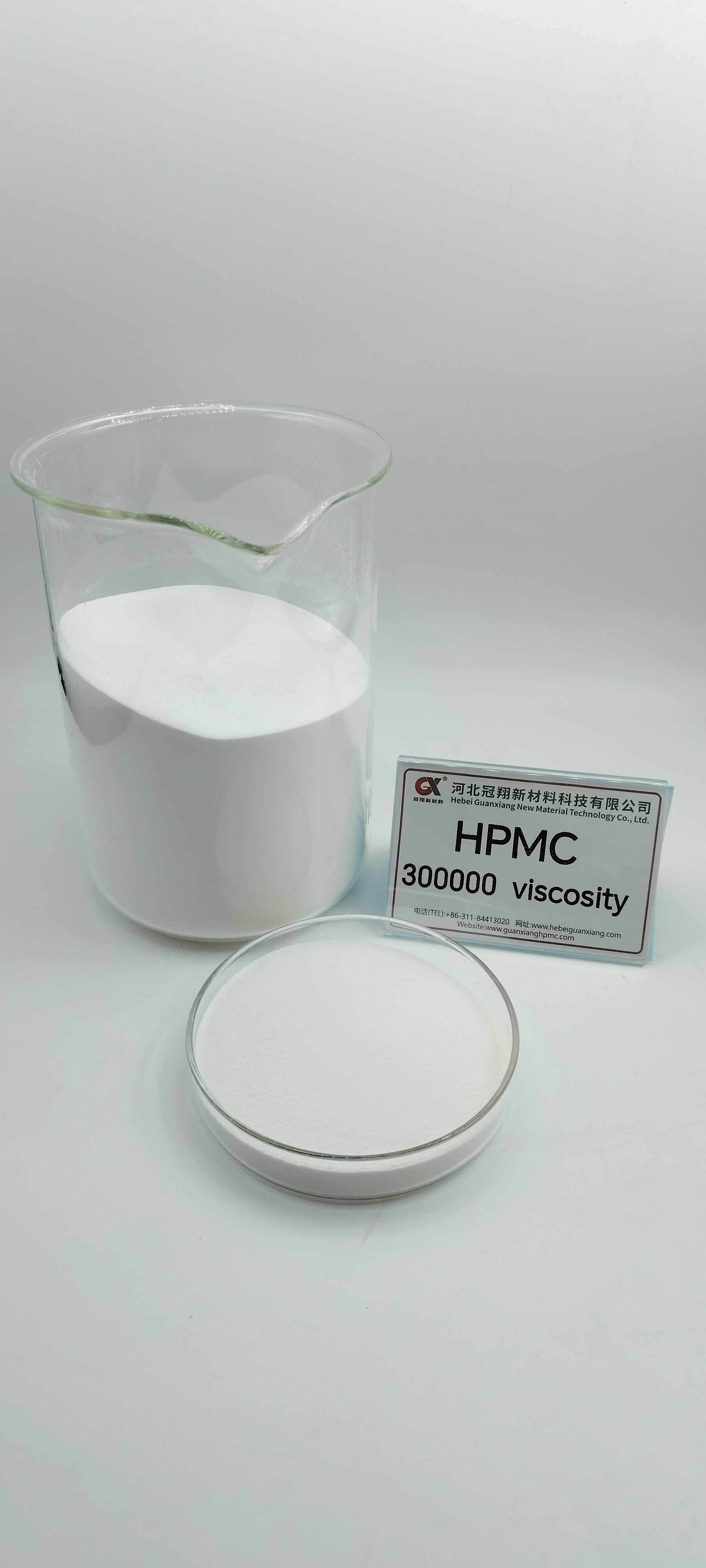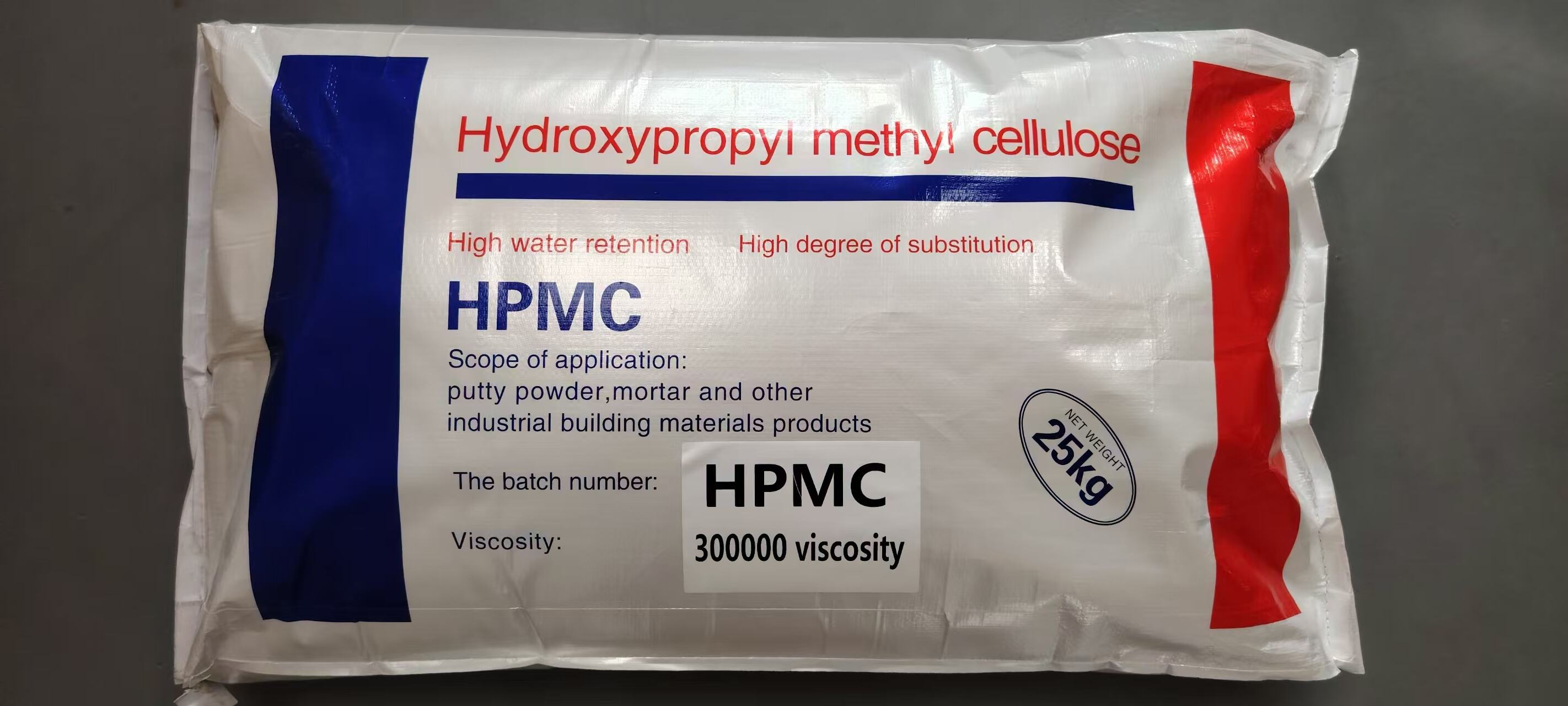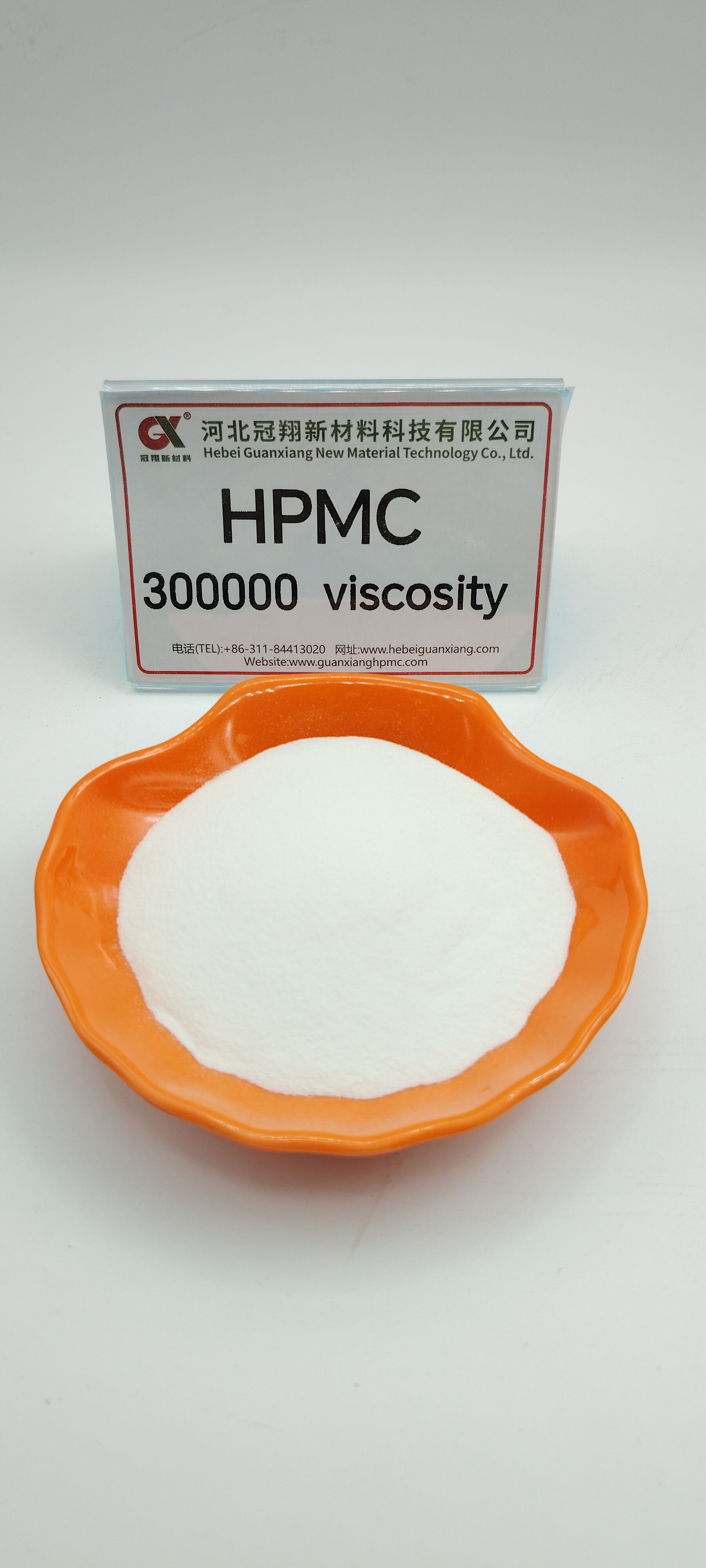methylcellulose used in pharmaceuticals
Methylcellulose is a vital pharmaceutical excipient derived from cellulose through methylation, playing crucial roles in various pharmaceutical formulations. This versatile compound serves as an essential binding agent, thickener, and film-forming material in pharmaceutical manufacturing. Its unique properties include excellent water solubility, temperature-dependent viscosity, and remarkable stability across different pH levels. In pharmaceutical applications, methylcellulose functions as a controlled-release agent, helping regulate the release of active pharmaceutical ingredients (APIs) in oral dosage forms. It's particularly valuable in tablet formulation, where it acts as a binder during wet granulation and provides essential coating properties. The compound's ability to form clear, flexible films makes it ideal for tablet coating applications, ensuring proper drug protection and enhanced stability. Furthermore, methylcellulose demonstrates exceptional performance in ophthalmic preparations, serving as a lubricant and artificial tear substitute. Its non-toxic nature and biocompatibility make it particularly suitable for various pharmaceutical applications, including suspension stabilization and emulsion formation. The material's thermal gelling properties also make it valuable in modified release formulations, allowing for precise control over drug delivery rates.


